This concludes the revolutionary mission to the Asteroid Belt after 11 years of service
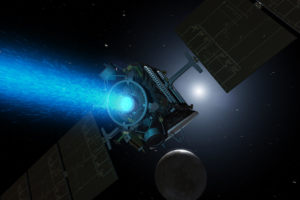 Space Exploration
Space Exploration

 Space Exploration
Space Exploration
This concludes the revolutionary mission to the Asteroid Belt after 11 years of service
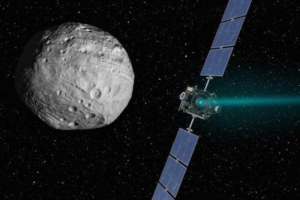 Solar System
Solar System
Cryovolcanism has erupted throughout the history of Ceres, but such continuous activity has not had the same extensive impact on the dwarf planet’s surface as standard volcanism on Earth
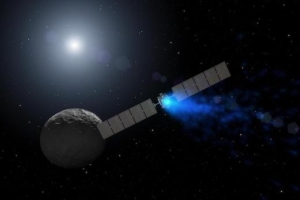 Space Exploration
Space Exploration
The legacy of Dawn has taught astronomers remarkable things about the evolution of the inner Solar System
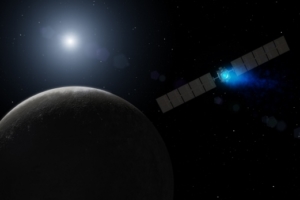 Space Exploration
Space Exploration
NASA’s Dawn spacecraft has returned amazing images of the dwarf planet Ceres whilst in a low orbit, including particularly stunning images of the Occator Crater
 Solar System
Solar System
Observations made by NASA’s Dawn spacecraft has showed constant variation on the rocky world
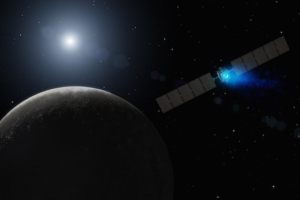 Solar System
Solar System
After ruling out the transportation of substances by asteroids and comets, scientists conclude that organics likely originate from Ceres
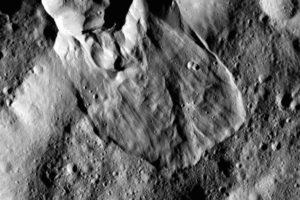 News
News
Massive landslides, similar to those found on Earth, are occurring on Ceres
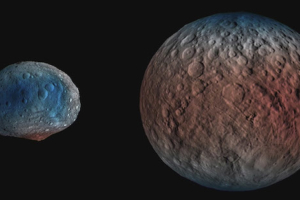 News
News
It’s long been thought that Ceres may have a very weak, transient atmosphere, but mysteries lingered about its origin and why it’s not always present
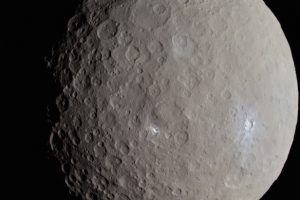 News
News
Data from the Dawn spacecraft suggests the world’s interior is the source, as opposed to arriving via impacting asteroids or comets
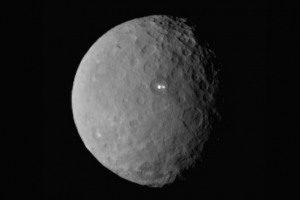 News
News
The appearance of small bodies in the outer Solar System could be deceiving
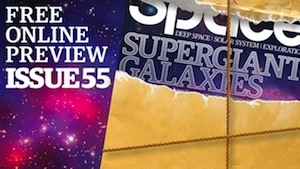 News
News
Thousands of times heavier than the Milky Way, should the biggest galaxies in the universe really exist? Find out in the latest issue, out now
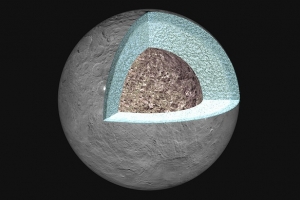 News
News
Scientists have accessed powerful data that allows them to study the dwarf planet’s inner structure
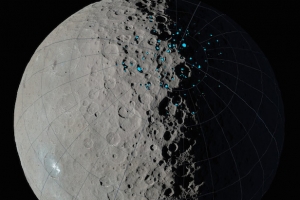 News
News
Many areas have been cold enough to trap water ice for a billion years, suggesting that ice deposits could exist there now
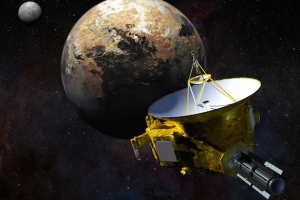 News
News
The NASA mission has received the green light to fly onward to an object deeper in the Kuiper Belt, known as 2014 MU69
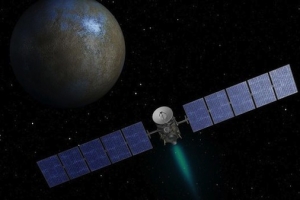 News
News
Astronomers are discovering more intriguing information about the dwarf planet
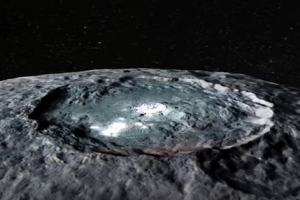 Space Exploration
Space Exploration
This simulated flyover is the most breathtaking tour of the dwarf planet we’ve seen yet
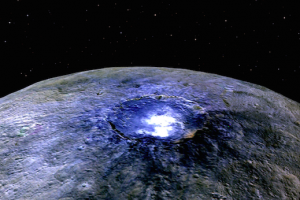 News
News
Bright spots seen by NASA’s Dawn spacecraft on the surface of dwarf planet Ceres are likely to be salt deposits
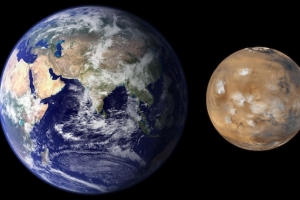 News
News
Astronomers think they may have explained why the Red Planet is smaller than Earth
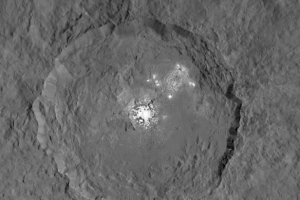 News
News
The luminous features on the dwarf planet gleam with mystery in new views delivered by NASA’s Dawn spacecraft
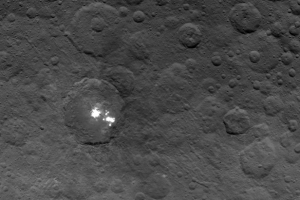 News
News
The bright spots on the dwarf planet have become even more tantalising